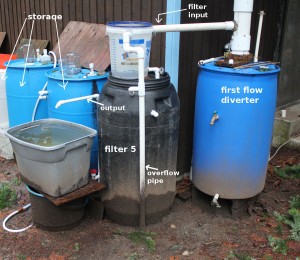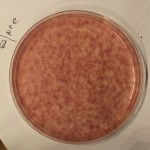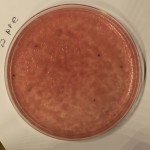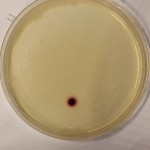There are more and more websites and YouTube videos appearing on the internet showing how to “build your own slow sand filter”. Some of the videos have what appear to be very impressive results; but be cautious. The correct functioning of any slow sand filter is totally the responsibility of the owner / operator no matter who designed it, or sold it, or posted it on the internet. There is no way to be 100 percent sure any “do it yourself filter” will work. There are some things you can do, however, to increase your chances of putting together a functional filter. First of all, do some research on how a slow sand filter works. Any public library will have the information you need. Then look for designs.
The most important question to answer first when deciding which design to use is this: Has the person showing the video, or publishing the website, provided evidence of epa certified tests on the input and output of the filter that show it is working? Of course, anyone could forge results; but if the name and/or names of the person or persons doing the testing and the name of the lab providing the results are not shown then don’t trust the information. You should be able see the test results with the name of the Laboratory that did the testing and when the testing was done, and who had the testing done. Another important question to ask is “how long has the filter been in operation?” It takes at least 1 year to adequately test a new slow sand filter design because each situation is different, with different amounts of pollutants in water at different locations. Look for successful tests done in the summer, winter, fall and spring.
It is entirely possible to put a bunch of sand and gravel in a bucket and make it look like polluted water is going in and clean water is coming out. Look for the test results; if there are none, then the video or website is just good entertainment at best. Water can be very clear, and still be highly polluted and dangerously full of disease causing organisms. Combine that with the fact that every situation is different and what works in one environment may not work in another.
Having tests done on the input and output of any filter is the only way to be reasonably sure of the condition of the water output.











